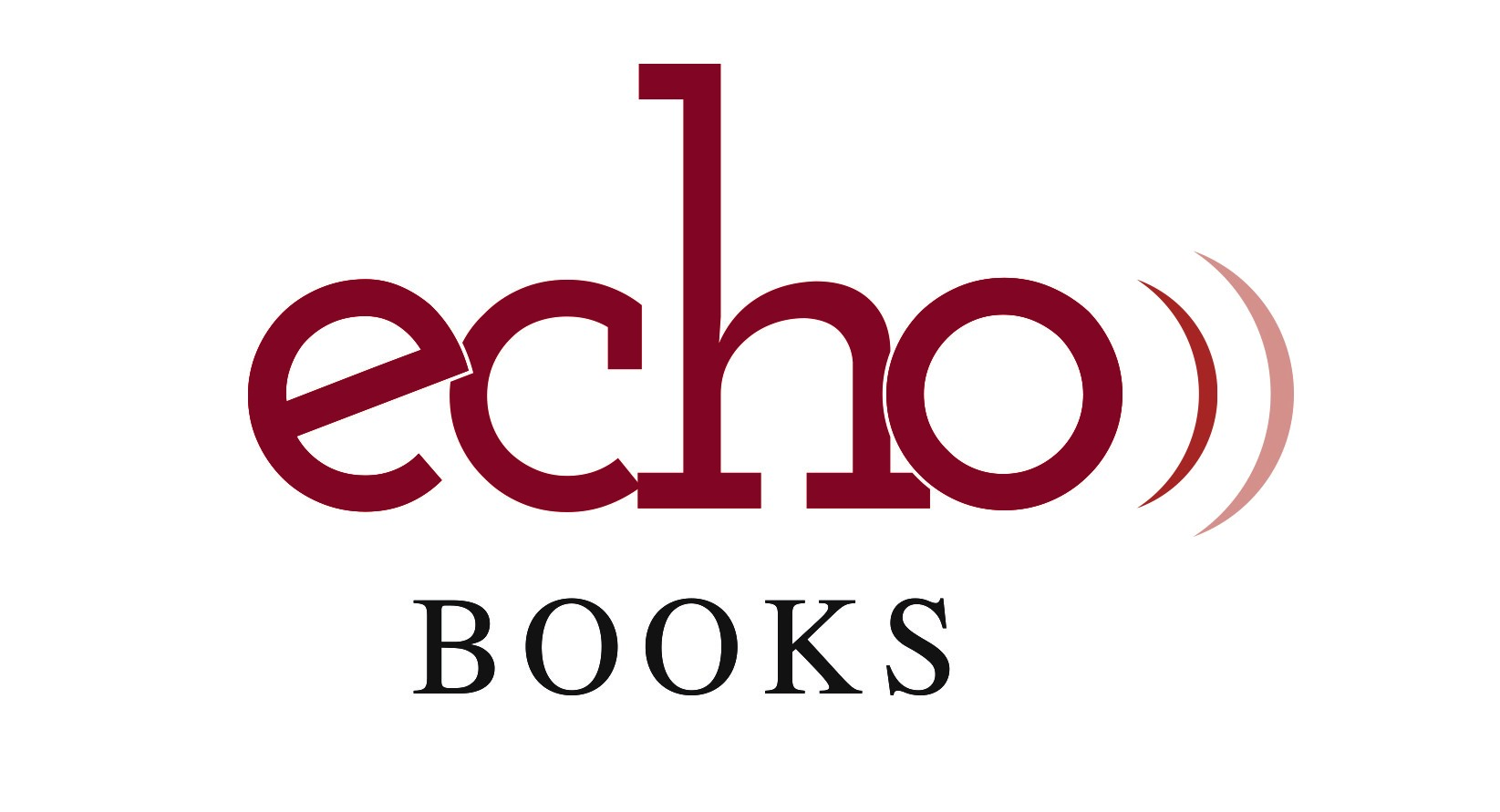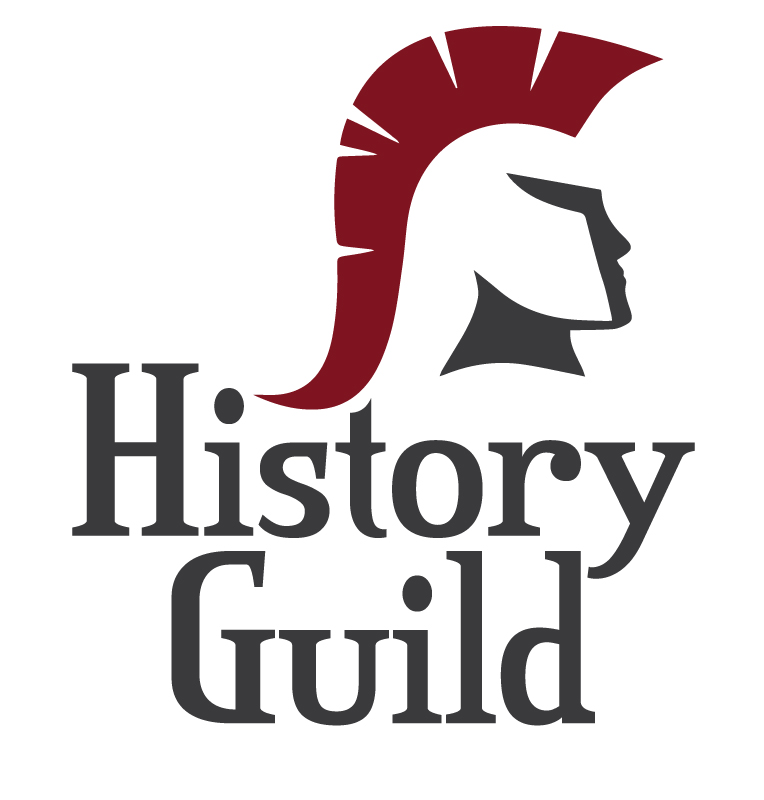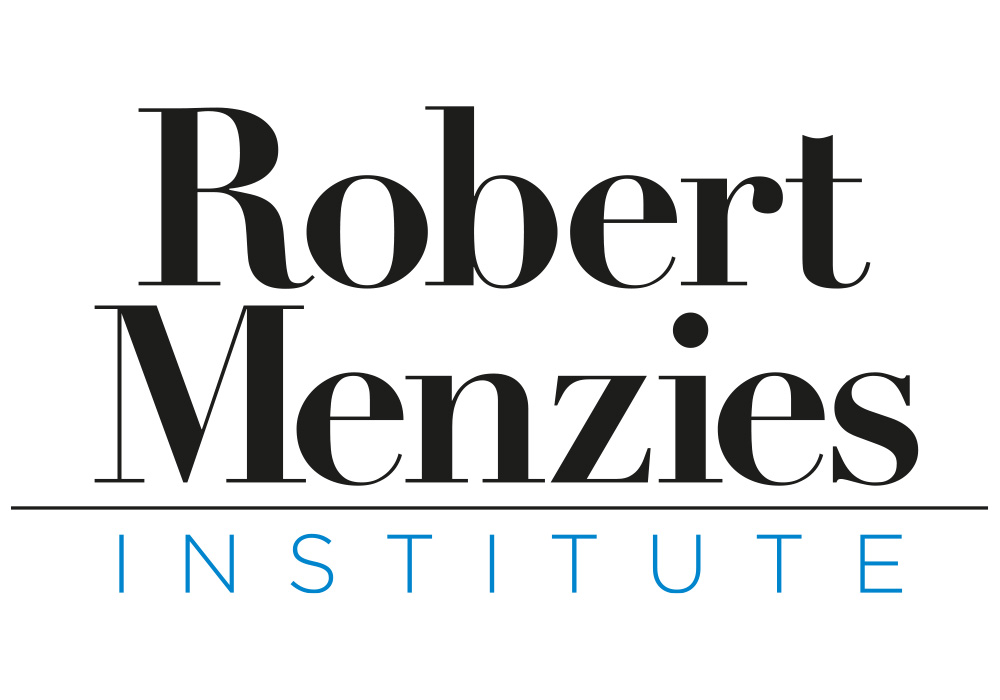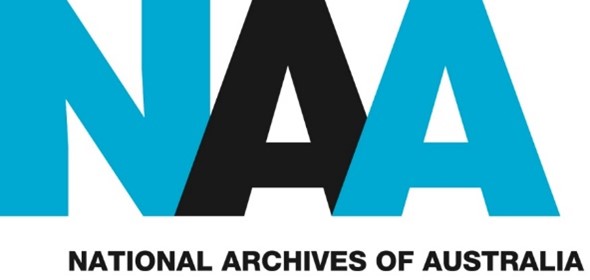Australia’s involvement in Asia in particular, arising from its part in the ANZUS treaty of 1951 and in SEATO from 1954 was examined – its role in the Malayan Emergency, the Korean War, konfrontasi and the Vietnam War all within the context of potential nuclear war.
Australia’s Army, Navy, and Air Force were all engaged in this struggle, partly against the Soviet Union but mostly against revolutionary movements in Asia supported by Communist China. Australia’s counter-intelligence operations within Australia will also be examined.
What was Australia’s security position in 1947 and how did this lead to ANZUS? How did domestic politics play out in the larger anti-communist context? What drove the establishment of SEATO? Why did Australia join the UN forces in Korea? What was the Far Eastern Strategic Reserve? What were the priorities for a non-nuclear army training under a nuclear threat? How did Australia’s signals intelligence contribute? How successful was ASIO in combatting the NKVD/KGB in Australia? Why did Menzies establish ASIS in 1952? How did Army, Air Force and Navy respond to the new paradigms? Was Australia’s involvement in the Vietnam War important and what were the outcomes? Was the Peace Movement a communist front? How did the Soviet-CCP split affect Australia’s security? Did nuclear tests in Australia strengthen Australian defence? Did the fall of the Berlin Wall change Australia’s security posture? Has the Cold War really ended?
All these issues were discussed by our eminent panel.
Conference Chair: Professor Craig Stockings, UNSW and Official Historian, of Australian Operations in Iraq and Afghanistan, and Australian Peacekeeping Operations in East Timor.
Convenors: Dr Andrew Kilsby and David Mitchelhill-Green
Opening Remarks – Major-General Jim Barry AM, MBE, RFD, ED (Rtd), MHHV Patron
Gen Jim Barry opened the conference by noting that when Professor Geoffery Blainey had presided over the inception of the MHHV he had exhorted the committee to be relevant. In reviewing the MHHV’s history, Gen Barry noted that this was the 19th MHHV conference of which the current conference was the 5th two day conference. On that evidence alone the MHHV had proven relevance. He also thanked the sponsors, Big Sky Publishing, Echo Books, National Archives of Australia, History Guild and the Robert Menzies Institute.
Introduction – Conference Chair: Professor Craig Stockings, Professor of History, UNSW.
Prof Stockings began by pointing out that this conference was both timely and important as it covered not only what had happened in the past but what may come again. Our holiday from history was over. The peace arising from the unipolar world had long span but that was ending. History was returning to a more normal state with rapidly evolving and shifting competition. We will need to cope with emerging threats, the bulk of which will come from our region, the Indo-Pacific. We will need to be focussed on maritime threats to the north and commitment to AUKUS. Getting nuclear submarines indicate our intent. He also reminded us that there had always been technological change in war but that conflict inevitably was between peoples.

Professor Peter Edwards, AM (Official Historian and general editor of The Official History of Australia’s Involvement in Southeast Asian Conflicts 1948–1975) noted that after WWI, Australia doubled down on reliance on Britain until confidence in the old country was shattered in WWII with the Fall of Singapore. What followed was a breakdown of reliance on Britain for national defence and political guidance.
We needed a national strategy. There was a tussle between forward defence (supporting allies far from home but in our extended region) and self-reliant defence based on close defence. We don’t choose both. Our strategy oscillates between depending on ourselves and depending on our strategic allies.
There is always a need to balance regional and national interests and engaging all organs of government. The best strategic decisions come from wide and testing debate – the worst come from an over confident PM acting with limited discussion. This seems to be especially so of Menzies who, with little if any discussion, offered territory for testing the A bomb, joined the fray in Suez and got Australia into the Vietnam War. More modern examples include Australia’s involvement in Afghanistan and Iraq.
Peter Edwards highlighted this non-consultation tendency still persists as the decision to join AUKUS was made quickly by a PM that boasted that he did not consult widely. Edwards questioned whether the leap into nuclear subs was wise given it wasn’t part of our tradition and would thus be difficult to support. He also noted that with the diminution of the role of government departments and the rise of the influence of young, inexperienced ministerial advisors that the days of getting frank and fearless discussion with departments seems to be dangerously behind us.

In Revisiting Menzies’ national security state, Professor David Lowe (Alfred Deakin Professor and Chair in Contemporary History, Deakin University) asserted that, following the 1942 Statute of Westminster which established the Federal Government’s authority, Prime Minister Menzies was involved in nation building in part by making the Commonwealth of Australia workable by resisting the inclination of the states to go their own ways.
Menzies government considered communism responsible for all the ills in the world and that the Cold War was a world war. He used that threat to gain a mandate from the public to support the great Western powers and send forces to Korea.
War preparation went hand in hand with national development. Food production was a standout result while defence took somewhat of a back seat as it lacked popular compulsion. Without that compulsion, nation building risked splintering if Menzies forced it thus Menzies could not achieve all his defence ideals.

Woomera’s contribution to Britain’s and Australia’s security in the Cold War 1947-1980.
Michael Wohltmann (author of Looking Back to See the Future and A Future Unlived) contended that Woomera and Emu Fields were at the heart of the Cold War as their use as testing grounds supported the arms race, the space race, national development and defence.
Woomera Village initially operated as a “closed town” between 1947 and 1982, during the time the facility supported the Anglo-Australia Project at the Woomera Rocket Range. Only Australian Government (mostly Department of Defence) personnel and contractors to the Commonwealth were able to live at Woomera on a permanent basis.
The sites embraced both nuclear weapons and rocket testing. One of the rockets tested has such a range that it eventually crashed into the Indian Ocean. Testing stopped in 1963 when the British decided to centre their defensive efforts around submarines.
Prime Minister Menzies had unilaterally agreed to allow the British to test there with the stipulation that they shared their knowledge with Australia. This did not occur. Australians provided services but were kept in the dark in the technical development of the equipment being tested. This is a national tragedy as Australia could have had a thriving industry supporting weapons development. Thus Australia gained little of benefit. Consequently, Australia’s involvement in Woomera is not celebrated.
Dangerous Games: Nuclear Colonialism in Australia
Associate Professor Dr Elizabeth Tynan, (science writer and academic at the James Cook University Graduate Research School, Queensland) contended that Emu Field became the Oval on which Britain’s nuclear game was played.
The British could have tested in their own territories but that was politically untenable. Consequently, they and other major powers pushed the risks down to colonies, former colonies or their own indigenous people, in what Tynan called nuclear colonisation.
Knowledge sharing by the British to the Australians was written into the agreement but the British withheld the agreed information pointing to a power imbalance between the parties. There was some redress made in the 1980s following the British Royal Commission chaired by Justice James McCelland.
The tests at Emu Fields profoundly affected the health of first nations and service persons and legal actions are still underway.

Countdown to Korean Surprise: Australia’s Experience of Intelligence Assessment, 1949-50
Dr David Schaefer (Visiting Fellow Department of War Studies, King’s College London) noted Australia’s Joint Intelligence Committee was set up in 1944 modelled on the much larger and powerful agency in Britain. Its role was to receive and collect intelligence outputs from various government departments. Problematically the Australian interdepartmental committee was hard to control as departments did not readily co-operate and the committee itself was unstaffed and involvement subject to high churn. As a result, there were many obvious lapses. For example a report identifying the Chinese as a security risk in Korea was circulated but the poor processes interfered with the product and even though it did the rounds it was buried.
Critically, communications between External Affairs and Defence, the main parties to the committee, broke down over a tiff between leaders. External Affairs stopped having any input right at the time the Korean War started. And without the input of External Affairs, diplomatic and political solutions were not canvassed.
So poor coordination of intelligence agencies in Australia and elsewhere led to the Western Allies being unprepared for the initial invasion on 25 June 1950 when North Korea invaded South Korea.
Fixing the coordination problem took until the early 1960s.
Revealing Secrets: Australian Signals Intelligence in the Cold War
Clare Birgin, (former diplomat and historian at Australian National University, co-author (with John Blaxland): Revealing Secrets: An Unofficial History of Australian Signals Intelligence and the Advent of Cyber.)
SigInt (Signals Intelligence) was important to the Allies in WW2. During the Pacific War, Australian SigInt was jointly coordinated with the US. After the war special sections were saved by savvy individuals and relocated in Australia. Australia decided to develop its own SigInt with independent capabilities because our interests did not always align with those of our allies. However, it was also recognised that Australian SigInt could go it alone – we had to cooperate with sometimes tricky implications.
Trust between the US and Australia waxed and waned depending on the circumstances. This was particularly so in relation to Russia. Australia was perceived to have had a lax, benign attitude towards the Soviets so the US froze us out for a time.
During the Vietnam War, Australia’s SigInt personnel were very experienced and skilled as were those of the Vietnamese who had been trained by the Russians. The Vietnamese had very difficult to decode messaging system thus Australian SigInt had problems with deciphering the content of Vietnamese communications. Never-the-less Australian SigInt developed considerable expertise in traffic analysis. They detected increased Vietnamese activity and passed the information on. Unfortunately this information was ignored as the Vietnamese prepared for the Battle of Long Tan. The only good outcome of this lapse was Australian SigInt was taken more seriously after that.
There is no Australian official history of Sigint because it is top secret.

Vietnam – Defending the Domino
Gary McKay MC OAM, (writer, former Army officer and Vietnam War veteran) revealed his career in the army after he ‘won the birthday ballot as a 20-year-old’. After that win, he spent 26 weeks at officer school with a stint at the Jungle Training School. The latter he likened to a finishing school.
In 1971 he was sent to Vietnam to lead an infantry platoon against the Viet Cong. It was a war in the shadows (of the forest canopy) and the enemy was everywhere. Survival and success depended on small unit actions. It also depended on stealth, looking, listening, smelling, pace, brains and field signals. Contact with the enemy was typically at 10 to 15 metres and the battles were small, short, sharp and violent. The men ran to the sound of battle and were always going forward while carrying heavy packs. Packs typically weighed up to 30kg and the load included 200 rounds of ammunition. Machine guns and their ammunition belts and other goods like claymore mines were also distributed amongst the men.
This was the toughest form of fighting.
They were always fighting under the support of artillery. Artillery support often came from the Navy off shore and could be accurate up to 20 km. Tanks and artillery coordinated. The enemy hated it.
The noise of battle was deafening. On one occasion, Gary wanted to reclaim a machine gun but none of his troops could hear his request so he went himself. It was that action that won him the Military Cross.
Australians had different modus of fighting than Americans. Australians treated the enemy with respect. They buried enemy dead and took care of enemy wounded. We did not commit atrocities. The Australians could go into a village and very quickly tell whether the people were for or against the Australians and did things to improve their living such fixing things. Consequently, after the War the Australians found that they were well thought of by ex-Vietcong.
Gary ended by saying post-traumatic stress is normal when people are sent to kill each other and that he had lost more men to cancer than combat.
Session 4 – Skulduggery
Panel Chair: Emeritus Prof. David Horner AM (Official Historian: The Spy Catchers: The Official History of ASIO 1949-1963.)

ASIO and Cold War counter espionage
Dr Rhys Crawley (Senior Lecturer in History, UNSW at ADFA) stated that at the end of 1945 a defection of a Russian clerk in Canada showed the Russians had a spy network in Australia. Australia was immediately cut off from US intelligence. ASIO was on its own.
With that split it had to master two functions. One function was counter intelligence and the other catching spies. This was very much a time of learning by trial-and-error and, not surprisingly, emphasis and operational methods varied along with changes of director.
With scant resources, ASIO could only target two suspected spies at a time. ASIO became very good at telephone intercepts and planting listening devices – that said these methods produced little intelligence perhaps because the Russians knew they were in place.
Suspected of lapses in judgement by the Russian head of embassy, diplomat Vladimir Petrov defected. In so doing Petrov affair provided valuable information that when given to the Americans brought ASIO back into the fold.
While ASIO had some success catching spies of most nations, they had no luck against the Russians. Various attempts were made to recruit Russian counter spies or plant double agents in the embassy. None were successful. A new approach was needed and it was decided that the best protection was to deny access to Australia of agents that had already been identified by other countries.
Australian politicians play a strong part in how well or not ASIO could do its job. Whitlam was very strongly pro-civil liberties and distrusted ASIO thus making it harder to get warrants. Doc Evans on the other hand wasn’t opposed to ASIO but was a sloppy administrator. He left documents lying around and the staff passed the information on. It made him look like a fool.

Menzies, the Kremlin, and the Waterfront
Dr Zachary Gorman (Robert Menzies Institute) began by stating the Waterfront had often been the epicentre of union action. Pre-war, only 1% of the nation’s workers contributing 21% of lost hours – this problem had even worse effects than the numbers suggested as those strikers, particularly those on the waterfront caused strategic bottlenecks.
Constant disruption by the Waterside Workers’ Federation of Australia (WWF) may have been because Jim Healy (General Secretary of that union from 1937-1961) was an avowed communist and was happy for his union to cause disruption to aid the communist cause. Or it might have been the union members were happy with the outcome of striking on their personal welfare since most of the rank-and-file WWF members were ALP supporters not communists. This latter view is supported because even after Germany invaded Russia and Russia became an ally, the WWF could not ‘change gears.’ They struck right through the war years and into the late 40s.
Robert Menzies was not actively against unions. As a lawyer he took briefs from them. His grandfather was a mining
unionist. Menzies earned his name ‘Pig-Iron Bob’ when he crossed swords with the WWF who were preventing industry from exporting scrap iron to Japan to support their war against China.
In 1949, there was a long and bitter strike in the coal industry with the Chifley taking draconian action as Chifley saw the strike as a move by the Communist Party to challenge Labor’s place as the party of the working class. Chifley sent in 13,000 army troops to break the strike while he “introduced legislation aimed at starving the workers back to work”.
Alliance or Reliance: Australia and the US during the Cold War
Professor Peter Dean (Director Foreign Policy and Defence, United States Study Centre, University of Sydney) began by saying that the post WW2 era was an anomaly because for much of that time the US was a hegemony. It is no longer and the Defence Strategic Review 2023 showed that in this new context of competing major and intermediate powers the defence of Australia can’t work without the US and Japan.
There is however always a tension as to whether Australia should pursue our own strategic interests or follow the US. That said there was little criticism by politicians or the public of the US Alliance even in the Trump years. Never the less there are alternating fears of abandonment or entrapment or that Australia contributes more than it gets which varies over the years.
Negotiated treaties tend to be loose and the treaty with Australia tends to be even looser and based on shared history and joint activities such as intelligence gathering.
Dean illustrated the variation in the attitudes with examples over the years.

Round Table – Who won the Cold War? Capitalism or Communism? Democracies or Autocracies? Did the Cold War ever finish?
Moderator: Colonel Marcus Fielding (Rtd), Immediate Past President MHHV
Participants Craig Stockings, Peter Edwards, David Horner, David Lowe, Rhys Crawley, Clare Birgin, Peter Dean.
If the Cold War is framed as a contest between capitalism and communism then the West may be considered to have won. This however is a dangerous position. Certainly the Soviet’s economic system failed and their empire went into a rolling collapse. They were humiliated.
But it is more than economics, it is also about control of thought. US triumphalism and their attitude that everyone should be moulded in their image was not helpful. The West could have invited them in but crowing about winning the Cold War was counterproductive. There was a need for the Soviets to regain confidence and Putin gave it back to them.
David Horner considered that the Cold War actually started in the 1920’s when communism became established in Russia and the world turned against them.
These days there is apparent cooperation between autocratic nations causing international mischief. This however is not a real alliance, just a marriage of convenience. Trouble is fomented through small proxy wars combined with intrusive propaganda, constant pushing of boundaries, espionage and information wars.
While there is an apparent connection between China and Russia, China is playing a clever game using Russian lives and weapons. India on the other hand will do what India does – look after itself.
Session 5 – Air, Sea and Land
Panel Chair: David Mitchelhill-Green, Conference Co-Convenor, MHHV

The Politics of Air Power: The deployment of Australian Air Power to Southeast Asia 1962-1972
Dr Ross Mahoney (Editor-in-Chief of From Balloons to Drones) observed that Australian air power deployments at that time were largely for political effect to meet the requirement which could be expressed ‘if you want allies you have to support allies.’
The RAAF has shaped its history through official histories and series sponsored by the air force rather than performance. For example, during 1968 the RAAF provided only 1% of allied airpower in Vietnam so had little influence. For political reasons, to be seen as a good alliance partner, Australia sent six Caribou aircraft. But there was no operational need at the time, the planes went into strategic reserve and were mainly used for supply.
The air force maintained that they should operate all air assets for Australian forces but came into conflict with both the army and the navy as they were not much interested in using helicopters to move troops and supplies around the battlefield. Instead, the RAN did much of that.
The air force on the other hand likes fast jets with shifting priorities between fighters and bombers. But there was no need deploy as their strategic self-interest meant they made little difference.

The RAAF and the nuclear option
Martin James (Air Force Historian, Office of Air Force History) asked what the nuclear option might be for in the context of the engagements post WW2. The Cold War was replete with proxy wars, national wars, decolonisation skirmishes, peace keeping and humanitarian relief. Examples of major engagements during that time included decolonisation of the Dutch East Indies and Vietnam, the Berlin Airlift, Korean War, Malta and the Malayan Emergency. In all of these there was little need for Australian air power.
The big changes in aircraft went from platform improvement to system improvement. Australia bought the Canberra Bomber which carried a small bombload. It could only be of use if it was part of a larger force. The solution, to rearm with A bombs but, problematically, the US retained control of the A bombs.
Through all this, the Government stressed conserving aircraft which resulted in limited engagement in combat roles. There was no need for nuclear weapons to replace conventional armed forces. So on balance there was little need for or capability to deliver the nuclear option.
Defence Sovereignty, the Cold War and the Royal Australian Navy
Adjunct Professor Erik Eklund (ANU and historian with the Sea Power Centre, Australia) was not available at the conference. His paper was delivered by Dr Andrew Kilsby (MHHV conference convenor).
Immediately following WW2 there was a perceived need for Australia to have its own ship building capability. This turned out to be problematic because of the poor performance of shipyards. By the 1960s the fleet was aging and spending too much time in dock being repaired.
The solution was to buy readymade US destroyers. These destroyers had the designation Perth-class. This was the first time Australia had bought ships not from the UK or made their own. It turned out to be a big success not least because of the short delivery time. They were bought of favourable turns with little change in specifications. Uncharacteristically for new ships, everything worked when it was turned on and there was interoperability with the US Navy. In addition, it brought automation and guided missiles into play.
The transfer of ship supply from the RN to the USN for ships actually enhanced capability and sovereignty.
Session 6 – Air, Sea and Land Cont.
Panel Chair: Lieutenant Colonel Murray Duckworth CSM
Australian submarines in the Cold War: a force multiplier for the West
Dr Tom Lewis OAM (author of The Sinking of HMAS Sydney and The Truth of War) began by stressing that nothing in his presentation was classified.
Australia has a slight history of submarine. We had two submarines in WW1 and both were lost. Post war, 6 J class subs were gifted by the RN to Australia. These were obsolete and in poor condition when they arrived. They were refitted but all six were ultimately scuttled; one of came to rest in the Sandringham Yacht Club.
WW2 was the dawning of the submarine age.
Post WW2, the US and Russia went into submarines in a big way. The paper then outlined many interesting operational facts about what submarines can and can’t do. He noted submarines are very dangerous for the crew, only beaten by the extreme danger experienced by air crews.
He finished by saying the real enemy of submarines is not another submarine but aircraft as they can see submarines at depth and drop bombs on them.
Leadership and regimental life in the Cold War
Brigadier Allan Murray CSM (Rtd) MBus (Managing editor and author, FMT Military History and author: Oh Captain, My Captain).
Murray described his regimental life post-Vietnam War from 1981-89. With no shooting war on he elected to become an exchange officer with the British Army of the Rhine as part of the NATO force.
At the time the NATO forces was focussed on being prepared for action. With 9 Corps and 2 air armies and both strategic and tactical nuclear weapons, the scale was vastly greater than anything he could experience in the Australian Defence forces.
Highlights included visiting communist countries, being a staff officer in 1989 during the Fall of the Berlin Wall.
Of the lessons learned, the greatest was – time spent in reconnaissance is never wasted.
Closing Remarks for this extremely well-run two-day conference were made by Conference Chair Professor Craig Stockings and the Conference closed by Major-General Jim Barry AM, MBE, RFD, ED (Rtd), MHHV Patron
The full Conference Program
Papers and Videos will be posted below as soon as they are available.
(Click links for Papers and Videos)
Conference Chair: Professor of History Craig Stockings, UNSW
Official Historian of Australian Operations in Iraq and Afghanistan, and Australian Peacekeeping Operations in East Timor.
Convenors: Dr Andrew Kilsby and David Mitchelhill-Green
SATURDAY 13 APRIL 2024
8:30 – 9:00 am |Conference Registration
9:00 – 9:15 | Opening Remarks
Major-General Jim Barry AM, MBE, RFD, ED (Rtd), MHHV Patron
Introduction | Conference Chair
Professor of History Craig Stockings, UNSW
Official Historian of Australian Operations in Iraq and Afghanistan, and Australian Peacekeeping Operations in East Timor.
9:15 – 10:00 | Keynote: Australia and the Cold War
10:00 – 10:30 | Morning Tea
10:30 – 12:30 | Session 1 – The Post War Chill
Panel Chair: Dr Daryl Moran, MHHV
10:30 – 11:05| Revisiting Menzies’ national security state
Professor David Lowe, Alfred Deakin Professor and Chair in Contemporary History, Deakin University
Michael Wohltmann, author of Looking Back to See the Future and A Future Unlived
11:50 – 12:10| Dangerous Games: Nuclear Colonialism in Australia
Associate Professor Dr Elizabeth Tynan, a science writer and academic at the James Cook University Graduate Research School, Queensland. (Zoom presentation)
12:10 –12:30 pm | Q&A Panel
Edwards, Lowe, Wohltmann, Tynan (Moran moderator) (See the video above for the Q&A after Dr Tynan)
12:30 – 1:30 | Lunch
1:30 – 2:45 | Session 2 – Forewarned is Forearmed
Panel Chair: Major-General Mike O’Brien CSC (Rtd), President Royal United Services Institute
Dr David Schaefer, Visiting Fellow Department of War Studies, King’s College London
2:10 – 2:45| Revealing Secrets: Australian Signals Intelligence in the Cold War
Clare Birgin, former diplomat and historian at Australian National University, co-author (with John Blaxland): Revealing Secrets: An Unofficial History of Australian Signals Intelligence and the Advent of Cyber.
2:45 – 3:15 | Afternoon Tea
3:15 – 5:00 | Session 3 – Asian Dominoes?
Panel Chair: Keith Wolahan, MP, Member for Menzies and ADF veteran.
3:15 – 3:50| Vietnam – Defending the Domino
Gary McKay MC OAM, writer, former Army officer and Vietnam War veteran
3:55 – 4:40 | Round Table: Game of Dominoes: What if?
Moderator: Colonel Marcus Fielding (Rtd) Immediate past-President MHHV
Peter Edwards, David Horner, David Lowe, Keith Wolahan MP
& Georgina Downer: Executive Director Robert Menzies Institute.
4:45 |Convenor – end of day and dinner arrangements
6:00 for 6:30 pm |Drinks at RSL downstairs bar
6:30 – 9:30 pm | Conference Dinner & Speaker
Introduction: Major-General Jim Barry AM MBE RFD ED (Rtd), MHHV Patron
Reflections on the Cold War – with the BAOR and the US Army Red Force in Nevada
Major General Greg Garde AO RFD (Rtd)
SUNDAY 14 APRIL 2024
9:00 – 9:15 | Session 4 – Skulduggery
Panel Chair: Emeritus Prof. David Horner AM
Official Historian: The Spy Catchers: The Official History of ASIO 1949-1963.
9:00 – 9:40 | ASIO and Cold War counter espionage
Dr Rhys Crawley, Senior Lecturer in History, UNSW at ADFA
9:40 – 10:15 | Menzies, the Kremlin, and the Waterfront
Dr Zachary Gorman, Robert Menzies Institute.
10:15 – 10:45 | Morning Tea
10:15 – 11:00| National Archives of Australia Exhibition, ‘Spy’
Patrick Ferry, NAA
11:00 – 11:45| Alliance or Reliance: Australia and the US during the Cold War
Professor Peter Dean, Director Foreign Policy and Defence, United States Study Centre, University of Sydney.
11:50 – 12:30| Round Table – Who won the Cold War? Capitalism or Communism? Democracies or Autocracies? Did the Cold War ever finish?
Moderator: Colonel Marcus Fielding (Rtd), Immediate Past President MHHV
Craig Stockings, Peter Edwards, David Horner, David Lowe, Rhys Crawley, Clare Birgin, Peter Dean
12:30 – 1:30 | Lunch
1:30 – 3:00 PM | Session 5 – Air, Sea and Land
Panel Chair: David Mitchelhill-Green, Conference Co-Convenor, MHHV
Dr Ross Mahoney, Editor-in-Chief of From Balloons to Drones.
2:10 – 2:45| The RAAF and the nuclear option
Martin James, Air Force Historian, Office of Air Force History
2:45 – 3:15| Defence Sovereignty, the Cold War and the Royal Australian Navy
Adjunct Professor Erik Eklund, ANU and historian with the Sea Power Centre, Australia
3:15 – 3:40 | Afternoon Tea
3:40 – 4:50 | Session 6 – Air, Sea and Land Cont.
Panel Chair: Lieutenant Colonel Murray Duckworth CSM
3:40 – 4:15 | Australian submarines in the Cold War: a force multiplier for the West
Dr Tom Lewis, OAM author of The Sinking of HMAS Sydney and The Truth of War.
4:15 – 4:50| Leadership and regimental life in the Cold War
4:50 – 5:00 | Closing Remarks
Conference Chair
Professor Craig Stockings
Conference Closed:
Major-General Jim Barry AM, MBE, RFD, ED (Rtd), MHHV Patron
Conference Sponsors:
Contact Brent D Taylor about this article.












